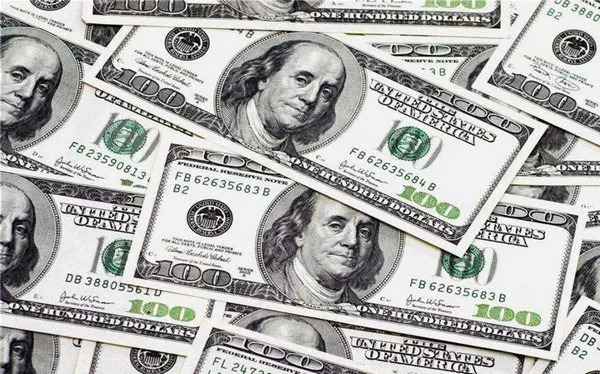International refers to those held by a government that can be directly used for international payments.
It is a part of the international solvency of the government to maintain the gold payment or intervention that can be used as international reserves at any time.
According to the statistical criteria set by the IMF for member countries, the international reserve currencies of a country are as follows: 1. Monetary gold reserves held by the government; 2.
2. Freely convertible currency held by the government;
3. Reserve position in the International Monetary Fund;
4, the IMF allocated to the country as yet unspent.
The monetary fund as an international reserve must meet two conditions: first, it is owned by the government and can be used freely;
The second is high liquidity, that is, these assets are internationally available, and the government can readily use them for international payments or to intervene in the market.
1. Gold acquired by governments or central banks;
2. The current account surplus, in particular, is the main source of growth in the international reserve currency;
3. The central bank intervenes in the foreign exchange market to receive foreign exchange, that is, in order to prevent the rise of the domestic currency, it sells the domestic currency in the foreign exchange market and receives foreign exchange to increase the international reserve currency;
4. Special Drawing Rights allocated by the International Monetary Fund;
(5) Foreign borrowing by the government or central bank can temporarily replenish the international reserve currency, but as the borrowing is used or repaid, this will be reduced to the original reserve level.
With the development of foreign economy and trade and the change of international monetary system, the monetary fund as international reserve has also changed.
When countries are on the gold standard, gold has the world, so gold is used as the international reserve currency.
After the collapse of the gold standard, in addition to still using gold as a reserve currency, the currency of some developed countries has gradually become the object of national reserves.
After the Second World War, the international monetary system centered on the establishment of, first of all, the United States dollar, then other Western freely convertible currencies have become the main object of foreign exchange assets reserves.


























